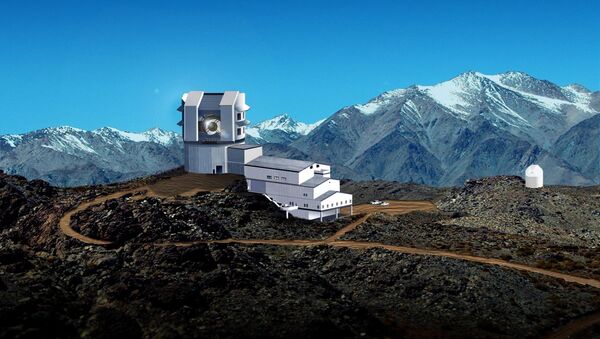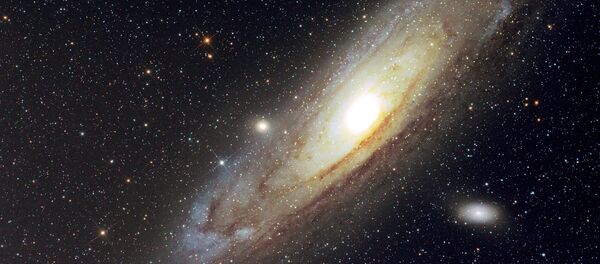Containing the largest convex mirror ever made, the construction of the $700 million “Large Synoptic Survey Telescope” (LSST) is scheduled to begin in the spring on a mountain top in Chile’s Atacama Desert.
"We hope to get the first data, the first light, in 2019," University of Washington astronomer Zeljko Ivezic told the Seattle Times.
The LSST won’t only take snapshots. What makes this telescope distinct is that it can continuously scan the universe in wider proportions. And while it would take the Hubble Space Telescope 120 years to do the same work, the LSST is expected to produce an image of the entire southern sky every three days.
Hype over the telescope has increased to such an extent that it’s even garnering the interest of Microsoft executives like Charles Simonyi, who donated $20 million for the mirror. Simonyi’s former boss Bill Gates also contributed $10 million.
Some are referring to the telescope’s projected work as a kind of “time-lapse cinematography” where astronomers will be able to track billions of objects through the universe and track the lifetime of stars.
The telescope will be able to keep a watch on more asteroids than any existing survey method, and could detect an object on a collision course with the earth’s atmosphere.
“This is changing the way we do science,” UW astronomer Andrew Connolly, who is leading the initiative, said during a TED talk. “The software is as critical to the science as the telescopes and cameras we build.”
The telescope will likely be in full operation by 2021 and anyone using a public computer will be able to see the images it captures.
It is being funded by the National Science Foundation and the Department of Energy.






